Samuvel Benhursha
Year of birth: 1994
Where do you live: San Francisco, United States
Your education: Master’s In Architecture
Describe your art in three words: Isolation · Becomes · Connection
Your discipline: Architecture
Instagram
Your projects range from large-scale urban developments to highly imaginative digital concepts. How do these two worlds—practical architecture and speculative AI-driven imagery—influence each other in your creative process?
For me, the two worlds aren’t separate—they feed into each other constantly. On one side, I work on large-scale urban developments where every decision must stand up to gravity, budgets, codes, and the realities of how people live in cities. That practical rigor keeps me grounded in the technical, material, and human aspects of architecture.
On the other side, I explore architecture through imaginative narratives where function, landscape, and culture collide in unexpected ways. I often start by asking: what happens if a familiar typology is placed in an unfamiliar setting, or if a building takes on the qualities of a landscape? From there, I introduce a twist—something surprising, playful, or symbolic—that transforms the scene into more than just a visual experiment. It becomes a way of questioning how we perceive architecture and how deeply it can connect to human emotions, cultural memory, or even social commentary.
When the two converge, I find that the speculative work expands my vision of what architecture could be, while the practical work ensures those visions can someday be realized. Together, they create a cycle: practice informs imagination, and imagination pushes practice forward.
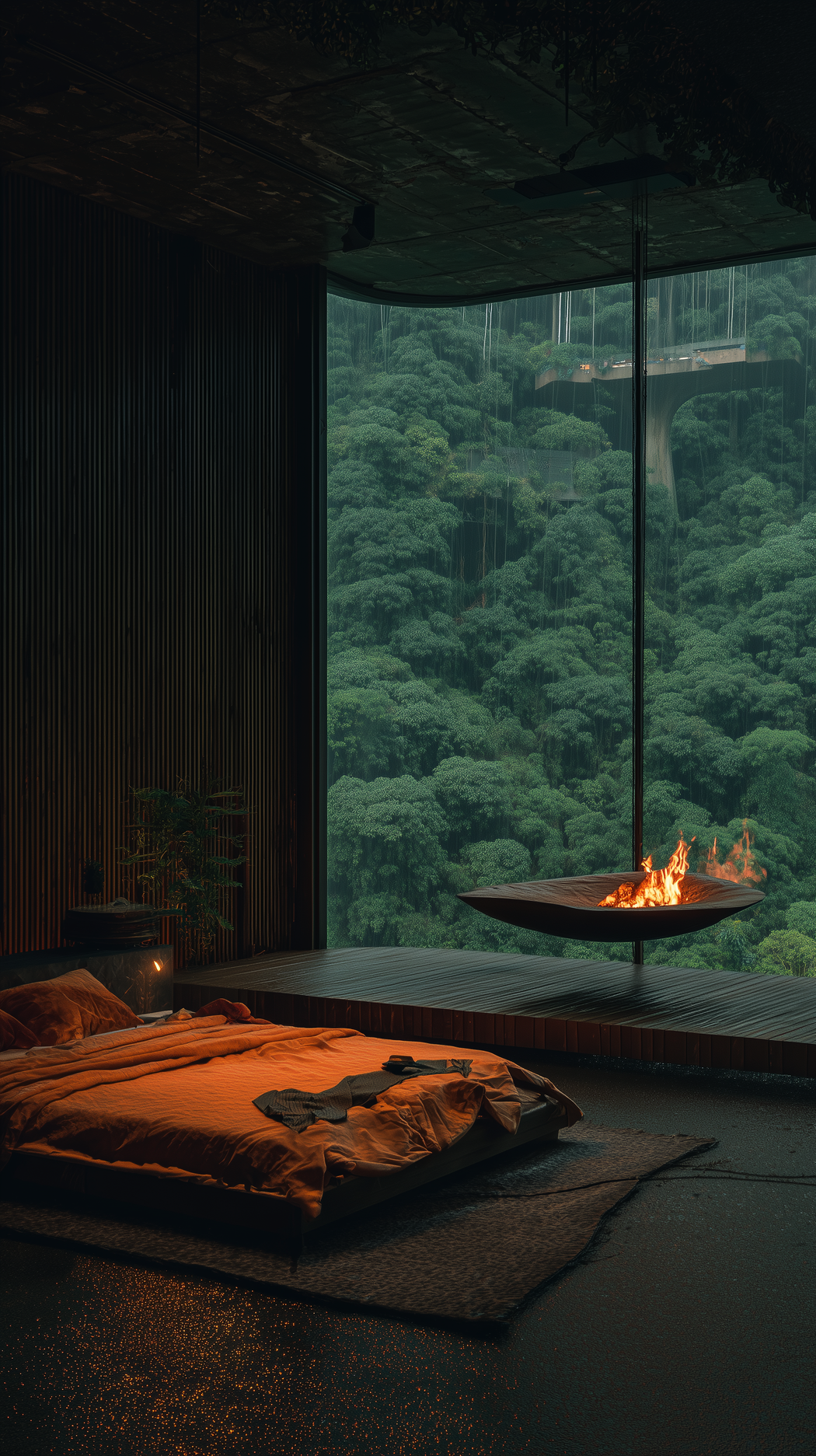
Many of your works feature bold juxtapositions of landscapes, cultures, and styles. What inspires you to combine such contrasting elements?
What inspires me is the tension that emerges when opposites meet. I’ve always felt that architecture becomes most alive when it holds contrasts—landscape against structure, history against the present, or one culture’s visual language intersecting with another. These juxtapositions aren’t just about aesthetics; they reveal deeper stories about how we live, migrate, remember, and dream.
I approach these combinations almost like composing music—different notes may seem dissonant at first, but together they create resonance. By placing contrasting elements side by side, I want to spark curiosity and invite viewers to see architecture from a new perspective, as something that can carry both familiarity and surprise, rootedness and imagination at once.
How do you balance the technical demands of real-world architecture with the freedom of artistic experimentation that digital tools provide?
I see the two as parallel disciplines that constantly check and challenge each other. The technical demands of real-world architecture keep me precise—every line has consequences, whether it’s structural stability, code compliance, or the way a space supports human life. That rigor disciplines my thinking and ensures that design never becomes detached from reality.
At the same time, digital experimentation gives me a freedom that the real world cannot—an open field where architecture can merge with forests, oceans, or cultural metaphors without worrying about gravity or budgets. This is where I can push ideas to extremes, treating architecture as narrative and speculation.
The balance comes from letting each world inform the other. Technical practice teaches me where limits exist; artistic experimentation teaches me how those limits might be stretched or reimagined. Together, they create a creative loop—practicality grounds me, imagination expands me.
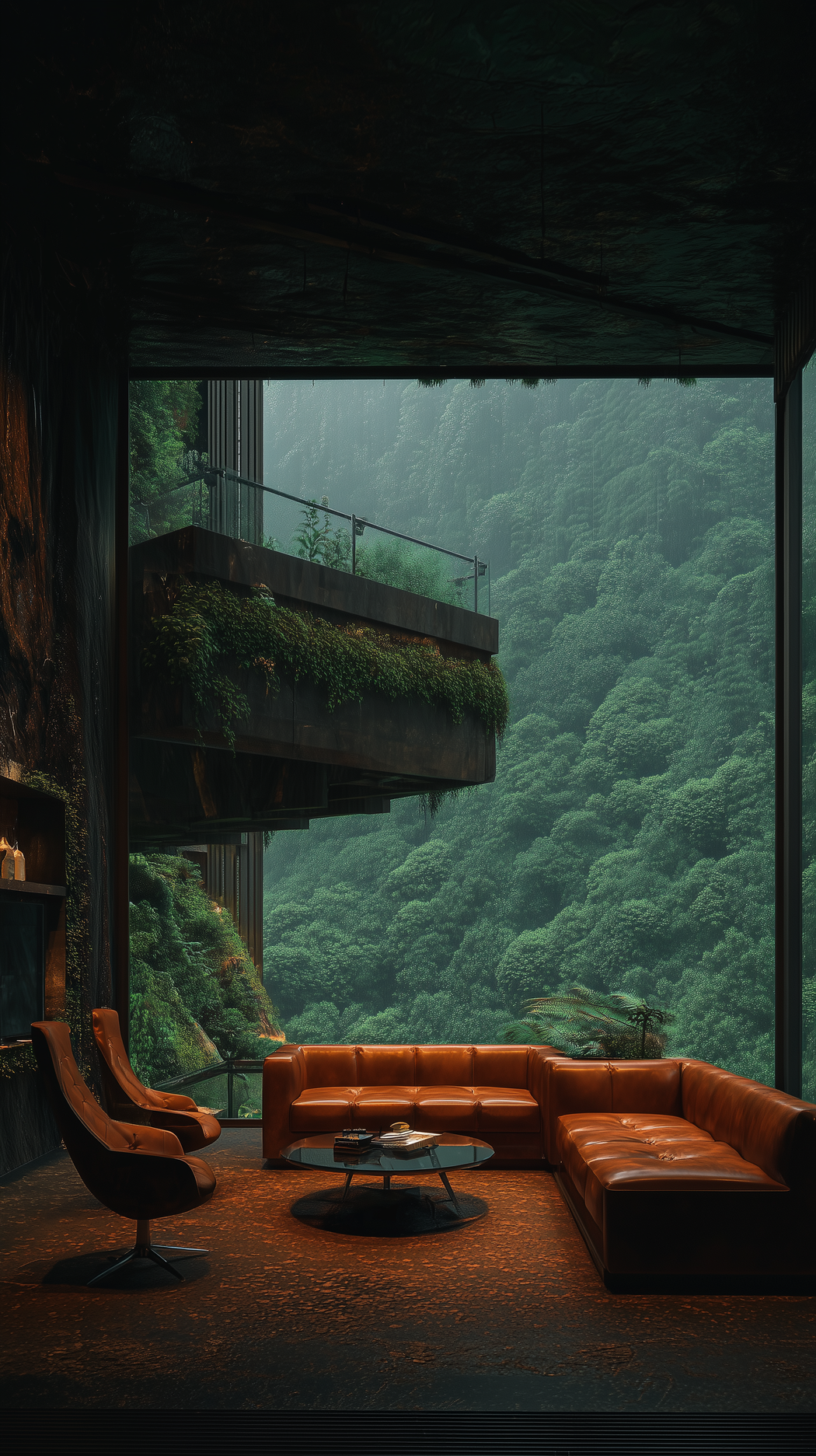
Your artist statement compares architecture to poetry. Can you share a moment or project where you truly felt that poetic connection?
One moment I felt that connection was walking toward St. Mary’s Cathedral in San Francisco. As I approached, the geometry seemed to shift with each step—different parts of the structure moving at different rhythms, almost like the building was alive. Inside, the way light breaks across the vast concrete folds creates an atmosphere that is both precise and deeply human.
For me, this is what I mean when I compare architecture to poetry. It’s not about words—it’s about the way space, proportion, and light come together to create an experience that resonates beyond utility. That moment reminded me that architecture, at its best, isn’t just shelter or structure—it’s a lived expression that can stay with you long after you leave.
In what ways has your experience working in both the United States and India shaped your understanding of architecture’s cultural role?
Working in both the United States and India has shown me how deeply culture shapes architecture—not just in form or material, but in the way spaces are lived in and valued. In India, architecture is inseparable from community life; streets and courtyards blur private and public realms, and even modest buildings often carry layers of ritual, symbolism, and memory. In the U.S., I’ve experienced a different rigor—an emphasis on systems, codes, and precision—where architecture often reflects individuality, efficiency, and urban order.
Moving between these contexts has made me more sensitive to architecture’s cultural role. It’s not just about designing a building; it’s about understanding how people see themselves in it, how they gather, and what meanings they attach to space. This dual perspective pushes me to design with both cultural resonance and technical clarity, aiming for work that respects context while also imagining new possibilities.
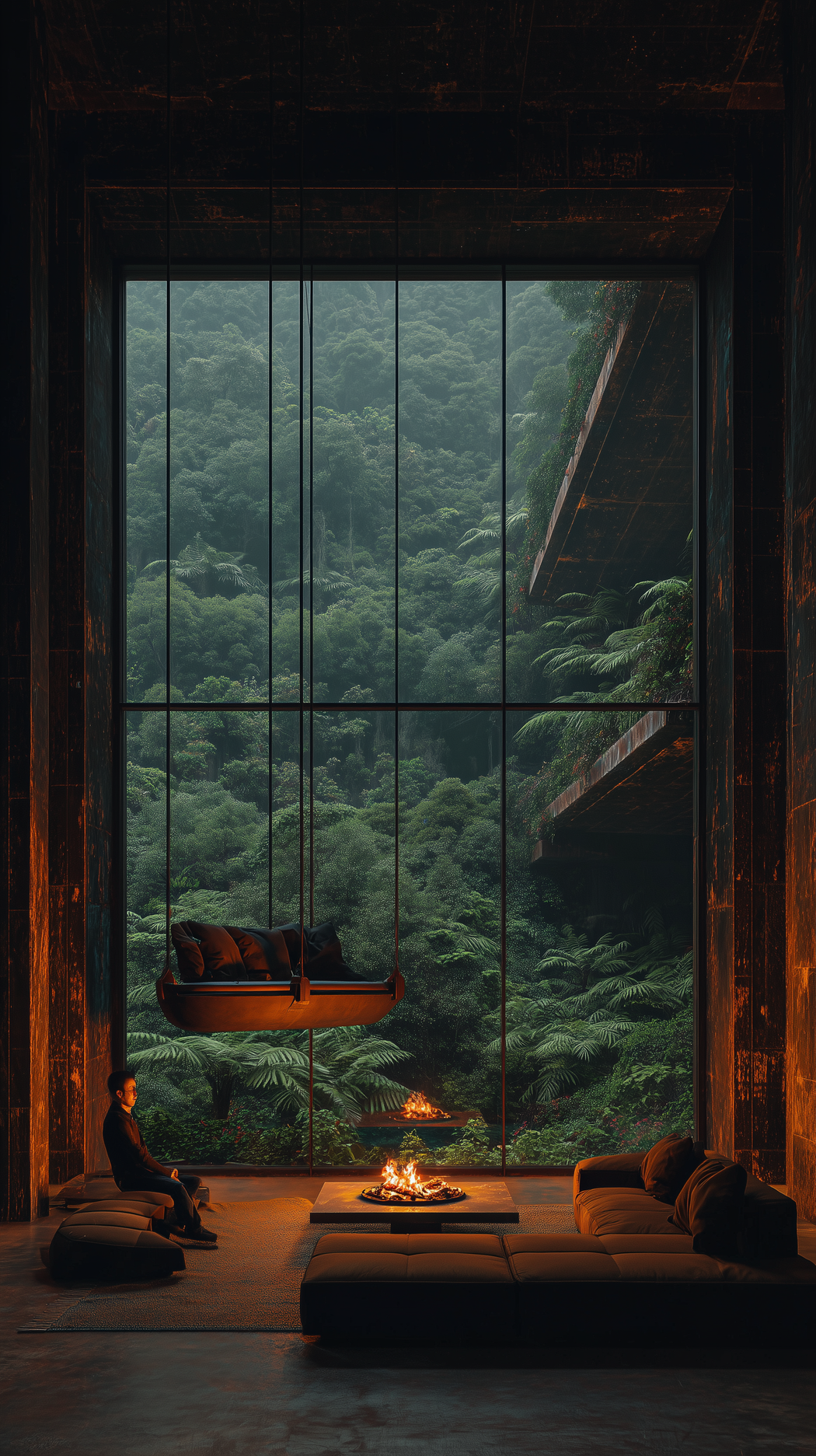
Instagram has become a key platform for your work. How has the instant global feedback from social media influenced your artistic direction?
The instant feedback has been eye-opening. In architectural practice, it can take years before a design is built and experienced, but on social media I can see within hours how people respond to an idea. That immediacy doesn’t dictate my direction, but it does sharpen my awareness of what resonates universally and what sparks new conversations.
The statistics also reveal fascinating patterns. Certain age groups respond more to futuristic juxtapositions, while others connect with cultural or historic blends. Some countries favor minimal, atmospheric works, while others gravitate toward bold and playful experiments. Even gender plays a role in the kind of imagery that resonates most. These insights help me see architecture not just as a technical discipline, but as a cultural language with different dialects across the world.
What I take from this is not simply what “performs well,” but what these patterns say about people’s relationship to architecture. It reminds me that beyond construction, architecture lives in the imagination—and that imagination varies, but also connects us globally.
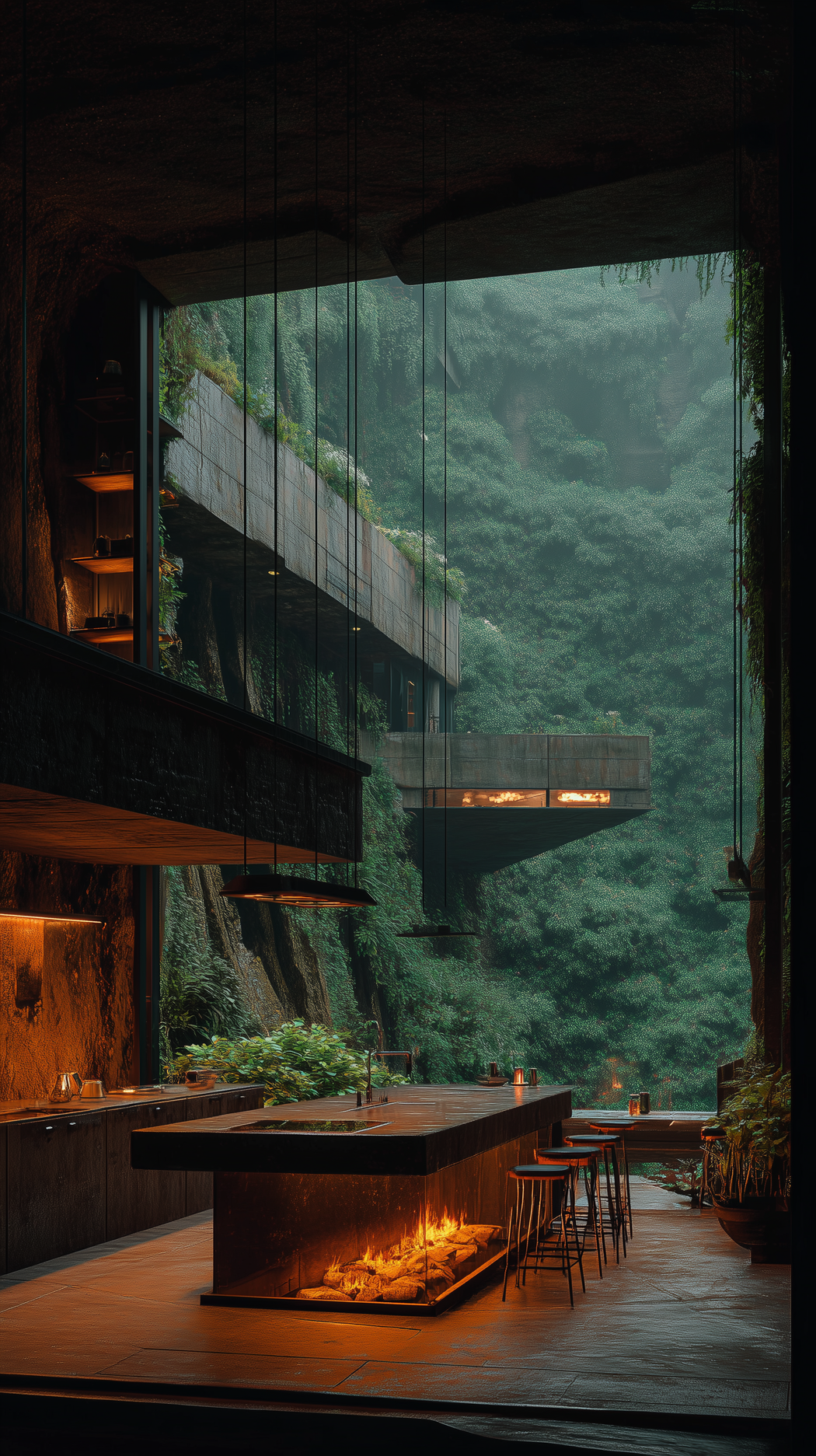
If you could build one of your surreal digital concepts in reality, which one would it be and why?
If I could bring one of my digital concepts into reality, it would be Rustic Isolation. The idea of a weathered, rusted structure embedded in a dense, almost untouched forest has always fascinated me. What I love about this concept is the dialogue between permanence and impermanence: the building is strong and monumental, yet its surface is constantly changing through oxidation and weathering.
To me, this is architecture that embraces time as a material. Rather than resisting the environment, it allows nature to leave its mark season after season. Building something like this would create a powerful coexistence—where the isolation is not about disconnection, but about finding resonance with the landscape, and where decay itself becomes beauty.

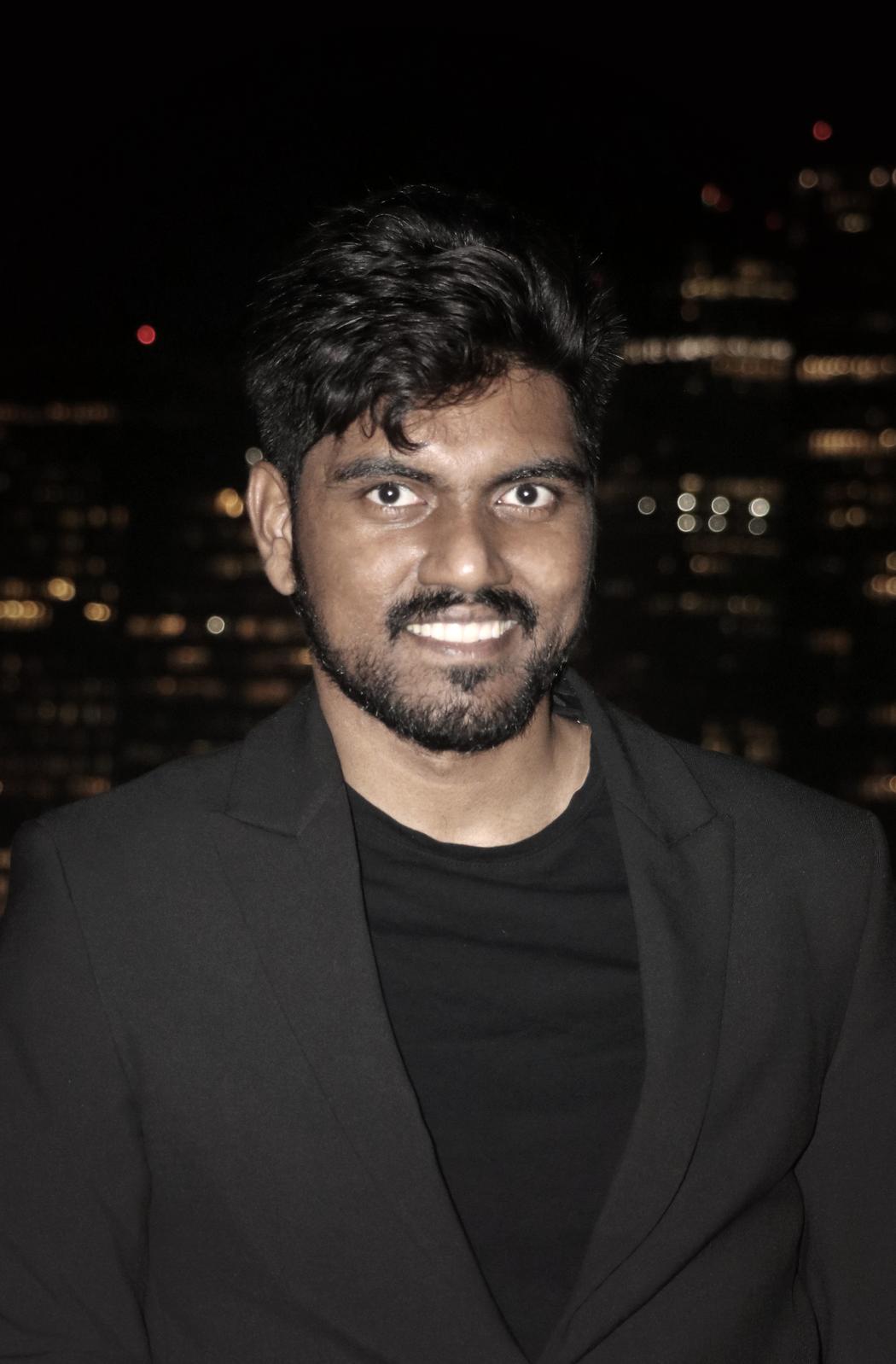
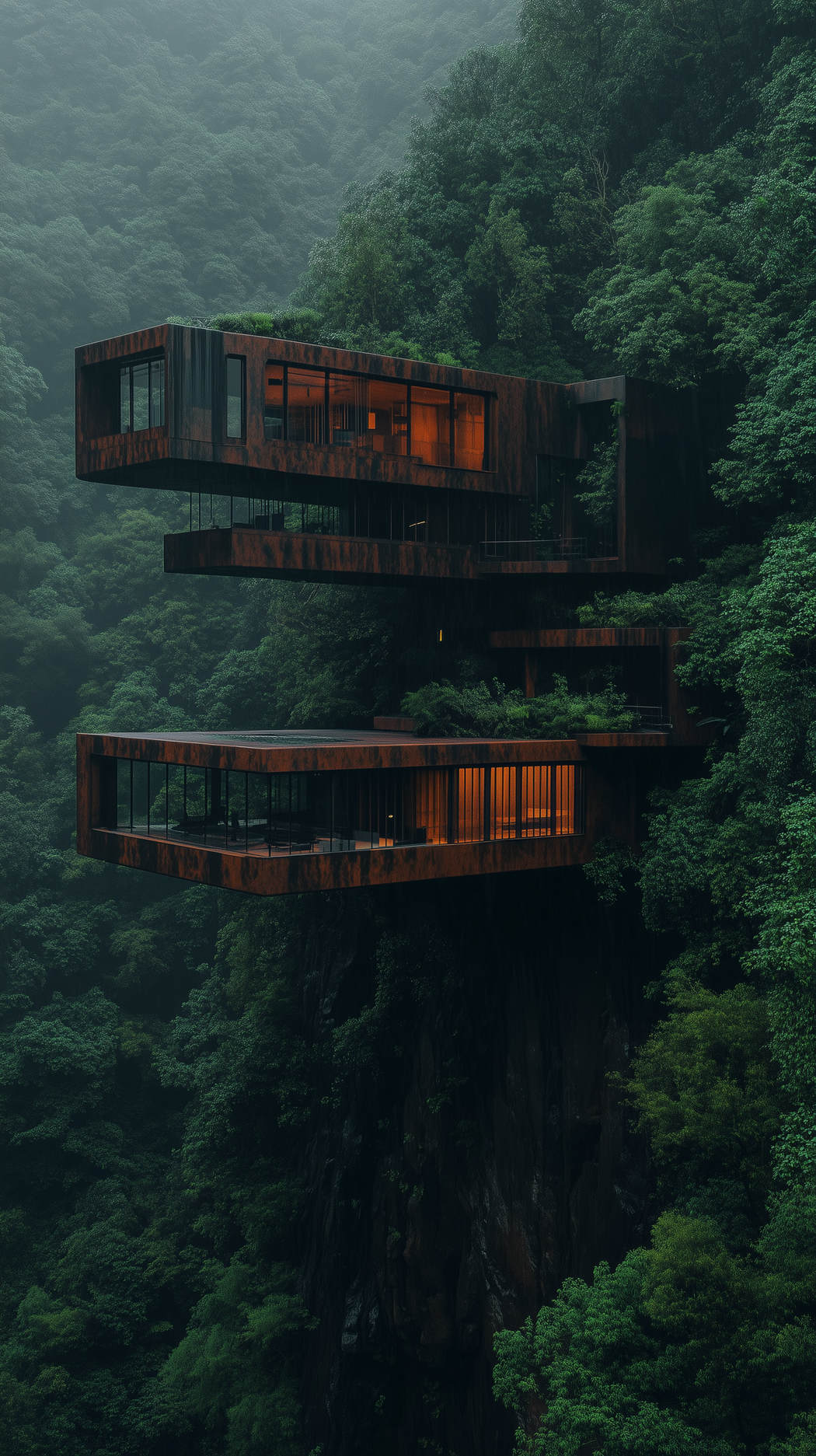
Leave a Reply